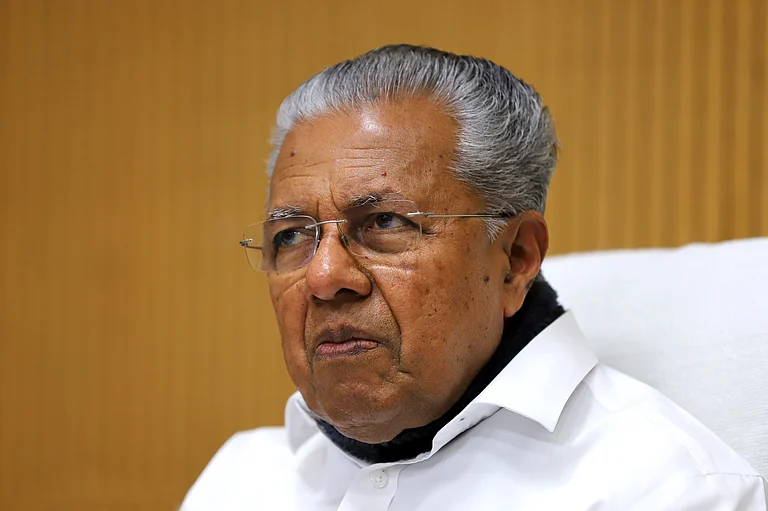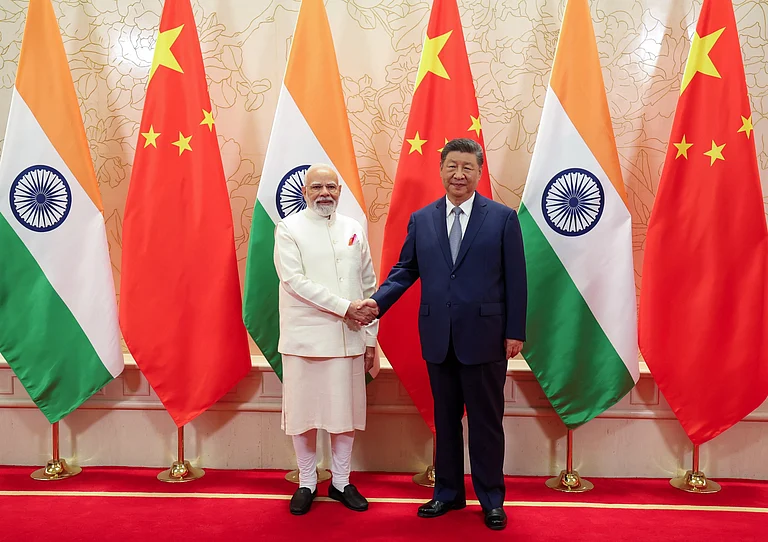The Gist of America’s AI Action Plan
America’s AI Action Plan, released just 48 hours ago under President Trump, is a bold national blueprint to establish unchallenged global dominance in artificial intelligence. Structured around three pillars—Innovation, Infrastructure, and International AI Diplomacy—the plan aggressively deregulates the AI sector, promotes open-weight models aligned with American values, and invests heavily in AI-driven manufacturing, education, defense, and science.
It prioritizes AI literacy, workforce retraining, and the creation of scientific datasets while launching a full-spectrum build-out of energy, semiconductor, and compute infrastructure. It calls for streamlining permits, restoring chip manufacturing, building secure data centers, and creating a national AI grid. Internationally, it positions American AI as an export commodity, aiming to counter Chinese influence in global governance forums and to embed U.S. standards worldwide.
The plan is coupled with tighter export controls, biosecurity frameworks, and surveillance of frontier models. Framed as a national security imperative, the strategy blends economic ambition with ideological assertions—free speech, deregulation, and anti-woke rhetoric—making it a sweeping attempt to marry technological supremacy with political conservatism for long-term global influence.
How This Plan Tilts Geo-Eco-Politics in Favor of America
The plan redefines America’s global position not just as an AI leader, but as the architect of global AI standards and infrastructure. By exporting a “full-stack” AI package—including chips, models, and regulations—to allies, the U.S. creates AI dependencies that effectively extend American digital sovereignty. It strengthens its influence in global diplomacy, weaponizes export controls to block rivals like China from gaining access to chips or models, and aims to set the norms in multilateral forums (e.g., UN, OECD, ITU).
The plan also engineers economic re-industrialization, reshoring semiconductor production and fostering high-paying AI infrastructure jobs, thus reducing reliance on fragile foreign supply chains. In military terms, the DOD’s AI acceleration strategy offers dual-use leverage: superior combat readiness and global deterrence.
Strategically, America is shifting from “participating in the AI race” to orchestrating it, using AI as a 21st-century lever, much like oil, nuclear power, and the internet once cemented U.S. global dominance. By linking innovation with deregulation and security, it creates a techno-nationalist blueprint designed to keep both adversaries and allies orbiting around America’s AI gravitational pull.
What India Missed and How It Will Suffer
India, while rich in software talent, has missed the AI industrial bus on multiple fronts.
First, India lacks sovereign AI infrastructure—from GPUs and data centers to chip fabs and high-quality datasets—leaving it dependent on imports from the U.S. or China.
Second, its regulatory inertia and bureaucratic bottlenecks have slowed domestic innovation, with no streamlined permitting or proactive incentives like the U.S. FAST-41 mechanism.
Third, India hasn't fostered an AI-industrial-military-scientific complex, which the U.S. is now embedding deeply. While America trains welders for AI infrastructure and arms its defense with AI-powered warfare capabilities, India still debates curriculum reform.
Without aggressive export policy or AI diplomacy, India will consume foreign AI, not shape it. We are called tech-savvy because we use it. But what option do we have? We are not tech-savvy because we do not produce it. In the name of technology, we create software “coolies” who make American products in the USA.
Moreover, as global AI standards tilt toward U.S. interests, India will have to comply or be isolated.
The longer India delays, the greater the technological vassalage—adopting foreign models, licensing external chips, and tailoring national policies to meet allied terms. This will stunt domestic competitiveness, make strategic autonomy hollow, and relegate India to the outsourcing basement of the AI pyramid: smart, useful, but not sovereign.
What India Must Now Do to Grapple with This Shift
India must declare AI as strategic infrastructure, akin to energy or defense assets. It needs a National AI Emergency Act that simplifies land acquisition, permits, and power for data centers and chip fabs.
A sovereign AI Stack—including a Bharat-scale language model trained on Indian data, domestic GPU manufacturing, and indigenous cloud compute—must be fast-tracked. All our banking and app data are hosted in the US. Point to ponder: Do we even own the passwords?
Like America’s CHIPS Act, India needs an AI-CHAKRA Mission: Compute, Hardware, Algorithms, Knowledge, Resilience, and Adoption—with a unified public-private task force. It must open AI corridors with trusted allies (Japan, EU, UAE) and galvanise BRICS to co-develop standards, protocols, and datasets. Government procurement must prioritize Indian AI tools for governance, defense, and public services, seeding a national market.
Educationally, AI must be embedded from schools to skill centers, not as electives but as a core capability.
India should also export its own “AI-for-the-Global-South” stack: affordable, explainable, and context-aware. Most importantly, India must shed its IT services mindset and move to AI product nationalism, or risk becoming digitally colonized. In this unfolding AI Cold War, neutrality is surrender; India must pick sides, and ideally, lead one.
The AI-CHAKRA Plan isn’t just a policy; it is India’s digital dharma.
Without it, India risks losing even its world’s back-office status in the AI era—a nation of coders rendered redundant in the new NO-CODE AGE, serving foreign masters without owning the intelligence it powers. CHAKRA—Compute, Hardware, Algorithms, Knowledge, Resilience, and Adoption—is a six-spoke wheel of sovereignty. It ensures that India doesn’t just use AI, but shapes it.
Without this, India's economy will be data-rich but value-poor, its youth skilled yet sidelined, and its governance efficient but externally dependent. The CHAKRA is not an option; it is a survival plan for a self-reliant, future-proof Bharat in an AI-dominated world.
The gold rush is on! We missed the gold in the river; let’s be realistic and prepare to sell shovels and jeans to the gold diggers.


























